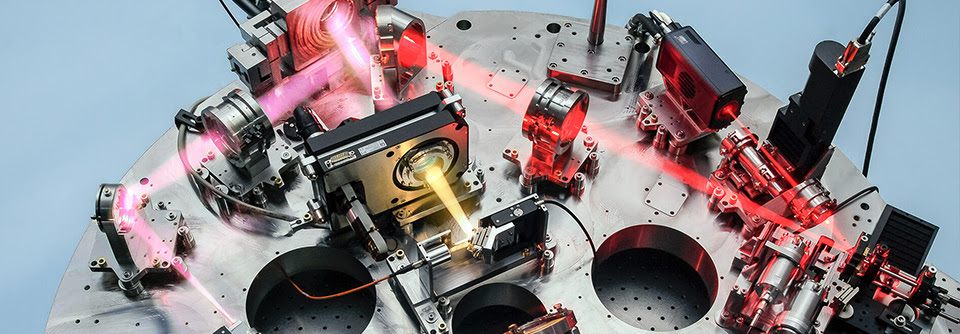There is a new “planet hunter” on Earth. it's called NIRPS, the English acronym for Near-Infrared high resolution spectrograph (or high resolution near-infrared spectrograph) and has now started work on the 3,6 meter ESO telescope do La Silla Observatory, in Chile.
The participation of the Institute of Astrophysics and Space Sciences (IA) in this innovative instrument, which explores the infrared zone, follows on from the participation of the IA in several instruments for the European Southern Observatory (ESO).
Alexandre Cabral (IA & Faculty of Sciences of the University of Lisbon), the researcher responsible for the Instrumentation and Systems team for Astronomy of the IA, explains: “In this instrument, the IA was responsible for the design, construction and testing of the ADC (Atmospheric Dispersion Corrector), an optical system that corrects the dispersion caused by the atmosphere, and which is fundamental to achieve get the best results with NIRPS.”
One of the novelties of this instrument is the powerful system of adaptive optics, a technique that cancels the effects of the turbulence of our atmosphere. Thus, at the Earth's surface, this system simulates conditions similar to those in space, which greatly increases the precision of the instrument.
Nuno Cardoso Santos (IA & Department of Physics and Astronomy da Faculty of Sciences of the University of Porto), the principal investigator of the Planetary Systems team of the IA, clarifies: “NIRPS will make it possible to obtain spectra of great precision in infrared wavelengths, which complement the data that we are currently collecting in the visible band, with spectrographs such as the HARP, in La Silla, or the EXPRESS, VLT. "
Now that it is operational, scientific work will begin with the NIRPS, which will have a relevant participation of the IA. The focus of this spectrograph will be the study of rocky exoplanets, the type of planets believed to be the key to deciphering planetary formation and evolution, as well as being considered the best candidates for the appearance of life.
Second Elisa Delgado-Mena (IA & University of Porto): “We are going to use this instrument to discover new planets around red dwarfs, which, because they are less hot stars, are easier to study in the infrared. NIRPS will also be used to confirm and characterize candidate planets observed by the space mission. TESS (NASA), as well as studying in detail the structure and composition of these planets.”
The NIRPS observations, in combination with those of spectrographs in the visible band, such as ESPRESSO, could also provide important clues about the composition of exoplanets, and even allow the search for signs of life in their atmospheres.
Although the main motivation for the construction of this instrument was the observation of exoplanets, NIRPS will still be used in other areas, in particular in the study of stars. “NIRPS opens the way for us to explore a new spectral region, with a very relevant impact on the study of exoplanets and stellar astrophysics. In this sense, the NIRPS is a very important step in our scientific preparation for new projects, including the ANDES, ELT. “, adds Nuno Santos.





















Comments